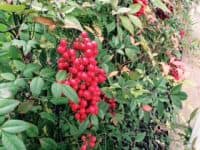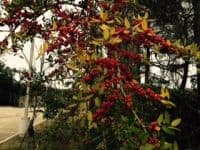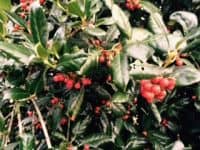
Wildlife Gardens
Attracting birds and other wildlife to the garden can be very satisfying. To attract birds, design areas with trees that have a good canopy to protect birds from prey. Use smaller understory trees and shrubs such as crapemyrtle, Chinese elm, American elder, sweet bay magnolia, sweet olive, camellias and azaleas. Next use native grasses and flowers that provide places for wildlife to hide. Allow some plants to go to seed to provide food sources for birds. Other food sources for birds are plants that provide seeds, nuts, fruits, leaves and flowers that can be eaten by larvae, caterpillars and birds.

Water features attract wildlife also. A simple birdbath or water feature gives birds and butterflies a cool drink or bath during hot months. Water features should not be cleaned with chemicals but brushed with a clean brush and fresh water.
Recommended plants for our area are native flowers and shrubs that go to seed such as coneflowers, sunflowers, various holly trees and shrubs that have berries, heavenly bamboo, American beauty berry, southern wax myrtle, roses, native fruit trees, shrubs and many others that adapt well to our area and don’t require much maintenance. Avoid using pesticides and other chemicals in a wildlife garden.

Find more information by visiting LSU agcenter.com for publications on how to attract butterflies and birds to the garden.
submitted by Karen Blackburn
